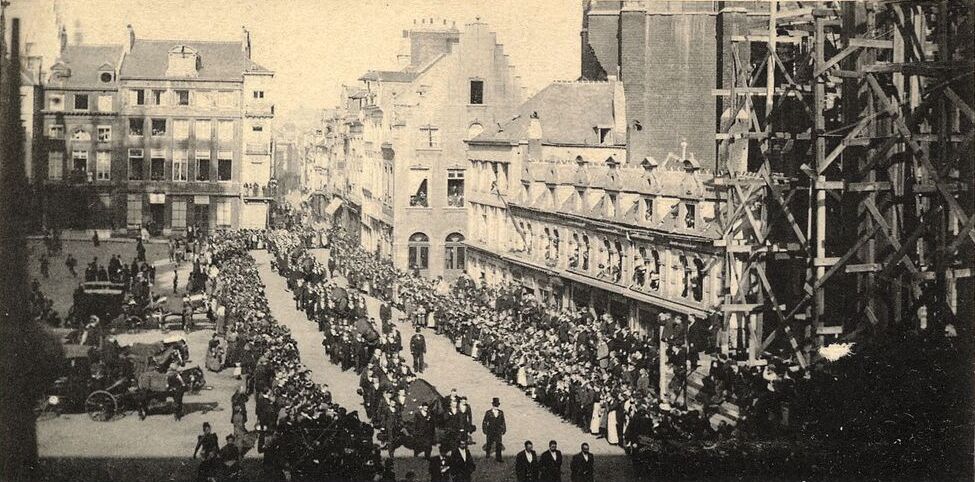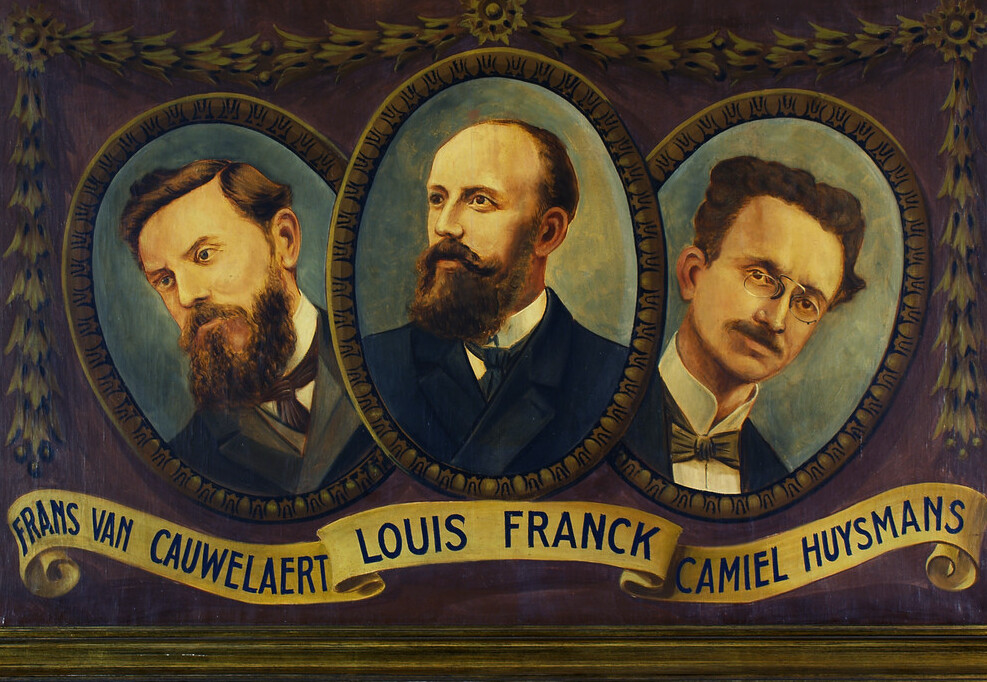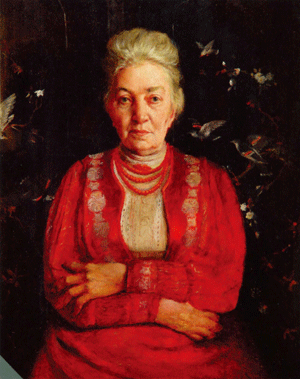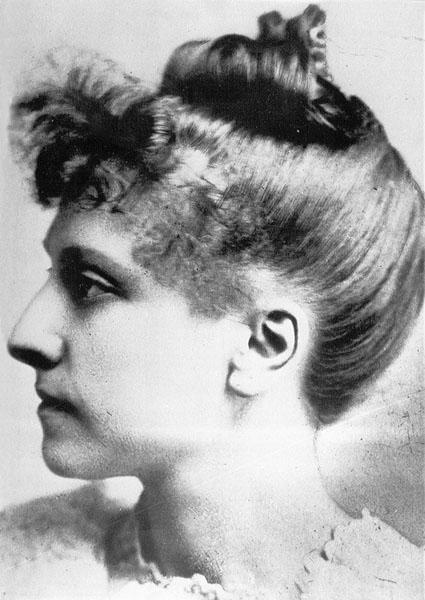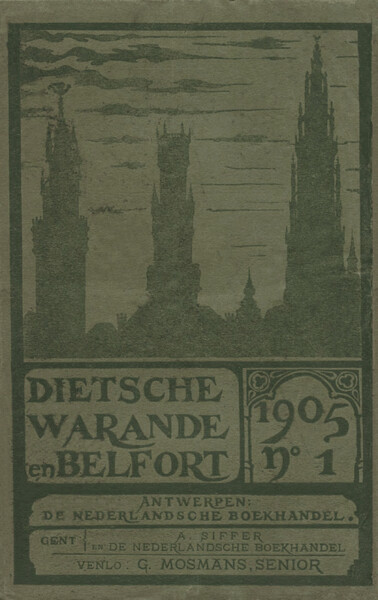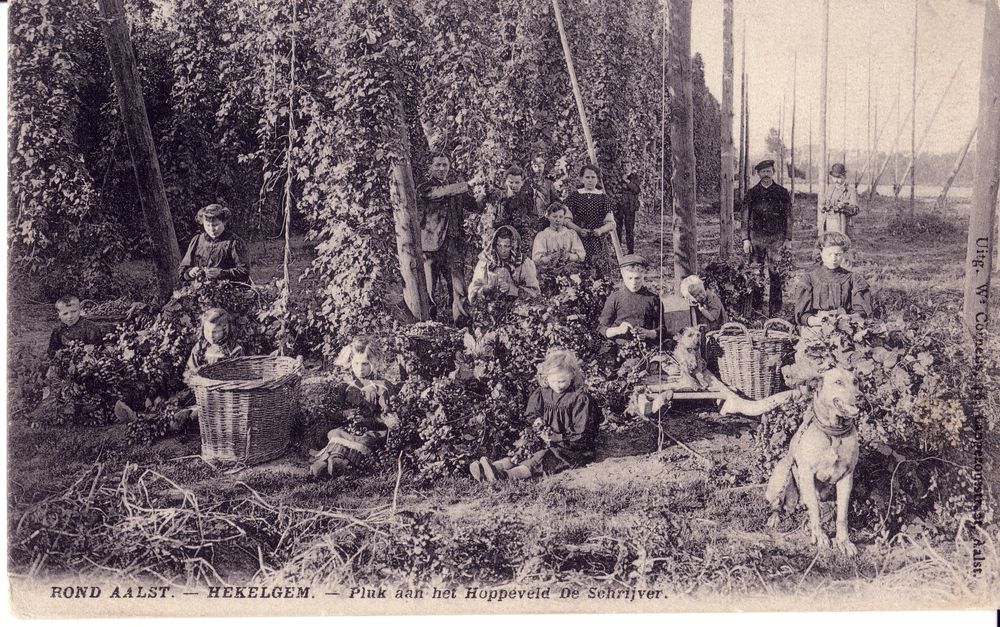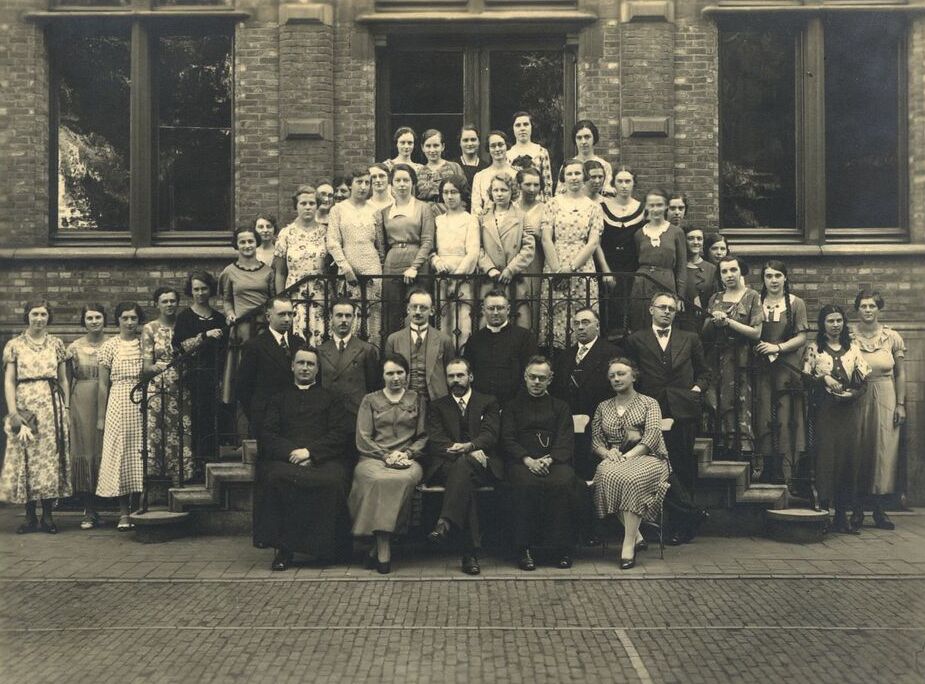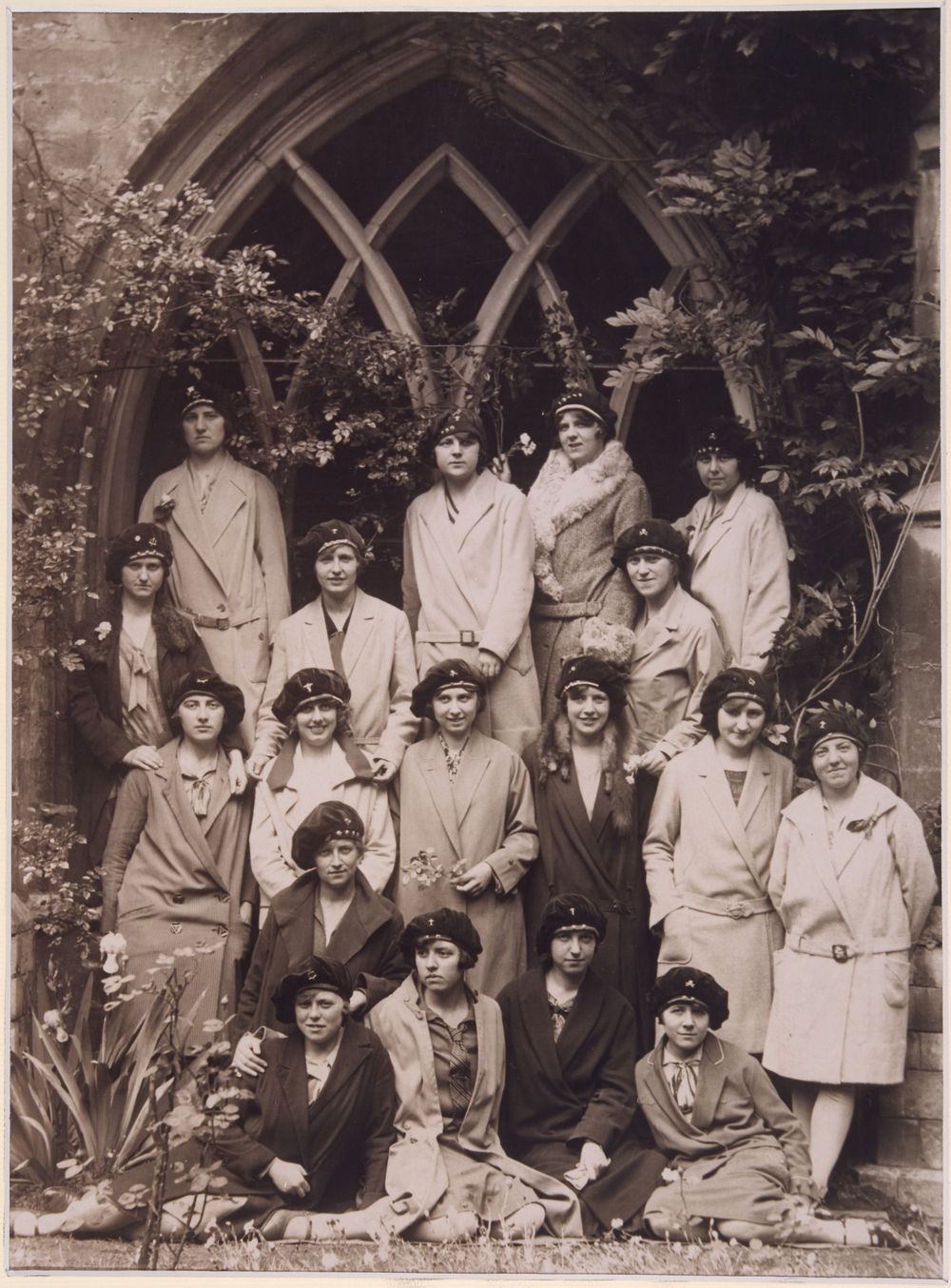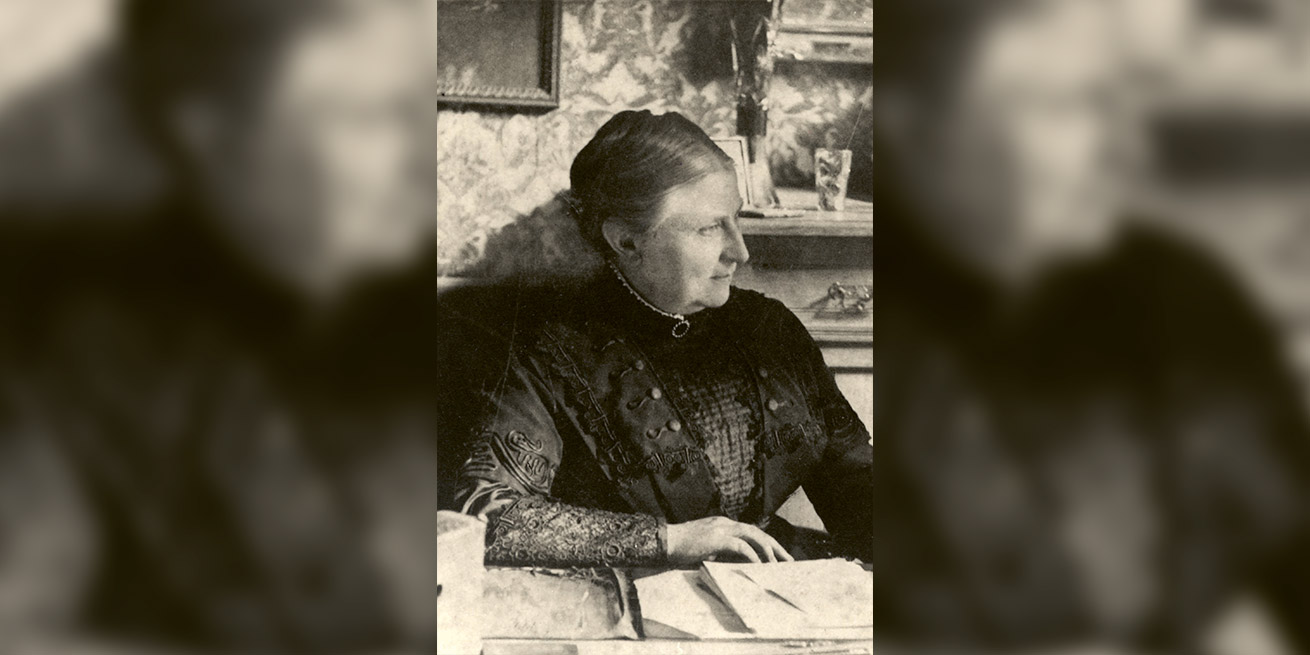
Marie Belpaire at her desk, about 1910 | Antwerp, Collectie Stad Antwerpen, Letterenhuis, tg:lhph:11951
Marie Belpaire
Girls Go to School
In the 19th century educational opportunities for women from all levels of society were extremely restricted. The Catholic writer Marie Belpaire made it her life’s work to remedy the situation. She organised education for girls and lobbied strongly for the admission of women to colleges and universities.
From 1874 Belpaire, with private capital, organised primary and vocational education for working-class girls in Antwerp. Her involvement shifted in the 1890s from working-class education to secondary and higher education for middle-class women. Initially instruction was in French but from 1911 also in Dutch in the Sint-Ludgardisschool. That was new. Belpaire was one of those involved in the launch of the Catholic Flemish College Extension for Women, where women could study science and philosophy. Her crowning achievement was the foundation in 1919 of the Catholic Flemish College for Women in Antwerp. But Belpaire did more: for decades she played a key role in pro-Flemish intellectual and literary life.
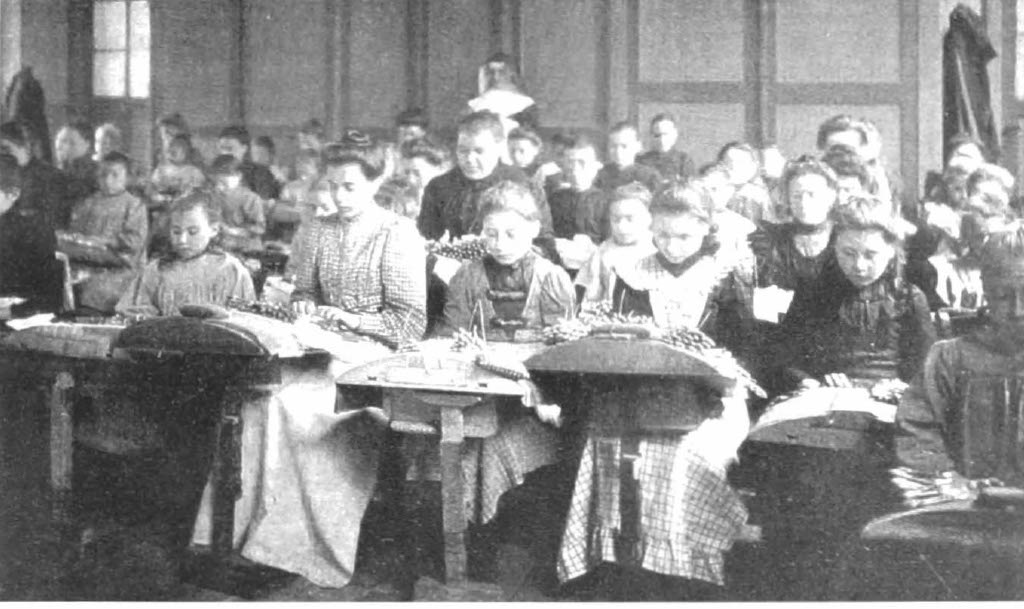
Leuven, KADOC-KU Leuven, Archief Lammens-Verhaegen, 3a32/06A, Dossier 759
In the second half of the 19th century girls from poor families in East- and West-Flanders learned a minimum of reading and arithmetic in so-called lace schools. Mostly those girls were a source of cheap labour. Here they are at work in the lace school of the Apostolines in Bruges.
Girls Go to School
The 19th-century feminists realised that emancipation for the women would not come without proper education. Advanced studies for girls from the bourgeoisie, however, clashed with the ideal image of the woman as wife and mother. Because of poverty and child labour children from the lower classes had no chance at all of good schooling.
For boys the government had organised secondary education since 1850. After primary school girls’ choice was limited to the schools of certain religious congregations. They offered only a limited range of subjects, such as domestic economy and primary school teaching, Isabelle Gatti de Gamond founded the first municipal secondary girls’ school in Brussels in 1864. Other cities followed suit.
From the 1880s on the government also set up girls’ secondary schools, but they did not offer syllabuses that were required for one to go to university, with Latin and sufficient maths. Private initiatives, like that of Belpaire, did and in so doing ensured a flow of women into higher education. In the 1880s the universities of Brussels and Ghent opened their doors to female students, Leuven did not do so until after the First World War. From 1925 onwards the government secondary girls’ schools also offered all options. However, the measure that made the greatest impact on girls of all social classes, was the introduction of compulsory education up to the age of 14 in 1914.
Focal points
Discover more on this topic
Non-fiction
Schrijvende vrouwen: een kleine literatuurgeschiedenis van de Lage Landen (1880-2010)
Amsterdam University Press, 2010.
Werken en leren. Kantwerkscholen tijdens de tweede helft van de negentiende eeuw
Oost-Vlaamse Zanten, 77, 2002-1, p. 14-27.
Vrouwen aan het front: van Dorothy Lawrence tot Marie Curie
Davidsfonds, 2014.
Katholiek onderwijs in België. Identiteiten in evolutie, 19de-21ste eeuw
Halewijn, 2016.
Vrouwenfaam op straatnaam: vrouwen maken naam
Garant, 1999.
Markante vrouwen in de geneeskunst
Houtekiet, 2014.
Liberalisme, féminisme et enseignement des filles en Belgique au XIXe et au début du XXe siècle
In: Gubin, Eliane, Choisir l’histoire des femmes, Editions de l’Université de Bruxelles, 2007, p. 127-144.
Dictionnaire des femmes belges: XIXe et XXe siècles, L’Institut pour l’égalité des femmes
2006.
Oorlogsdagboeken 1914-1918
uitgegeven door Sylvia van Peteghem en Ludo Stynen, Manteau/Meulenhoff, 2005.
Marie Elisabeth Belpaire. Gender en macht in het literaire veld 1900-1940
UPL, 2013
Marie-Elisabeth Belpaire: een vrouw met impact
Academia Press, 2019.
Isala en Louise, twee vrouwen, twee verhalen
Museum M, 2011.
Rosalie en Virginie: leven en werk van de gezusters Loveling
Lannoo, 1997.
Vergeten vrouwen. Een tegendraadse kroniek van België
Polis, 2016.
Fiction
De zussen Loveling/Les soeurs Loveling
Poëziecentrum vzw, 2021.
Uit het leven
Drukkerij Vanos-Dewolf, 1887.
Gestalten in ‘t verleden
Desclée de Brouwer, 1947
Een revolverschot
Gemoderniseerd en van een nawoord voorzien door Annelies Verbeke, De Geus, 2021.
